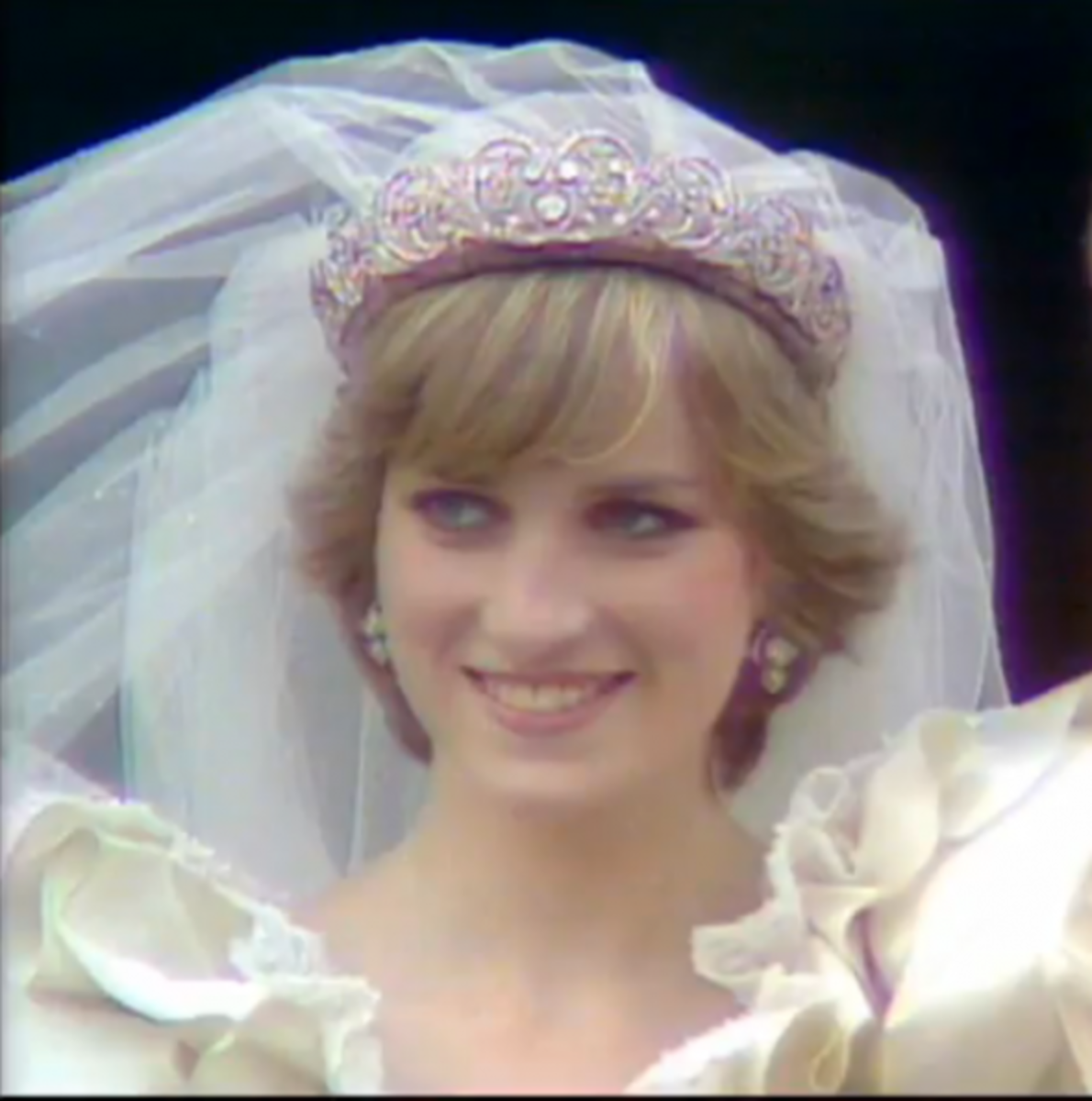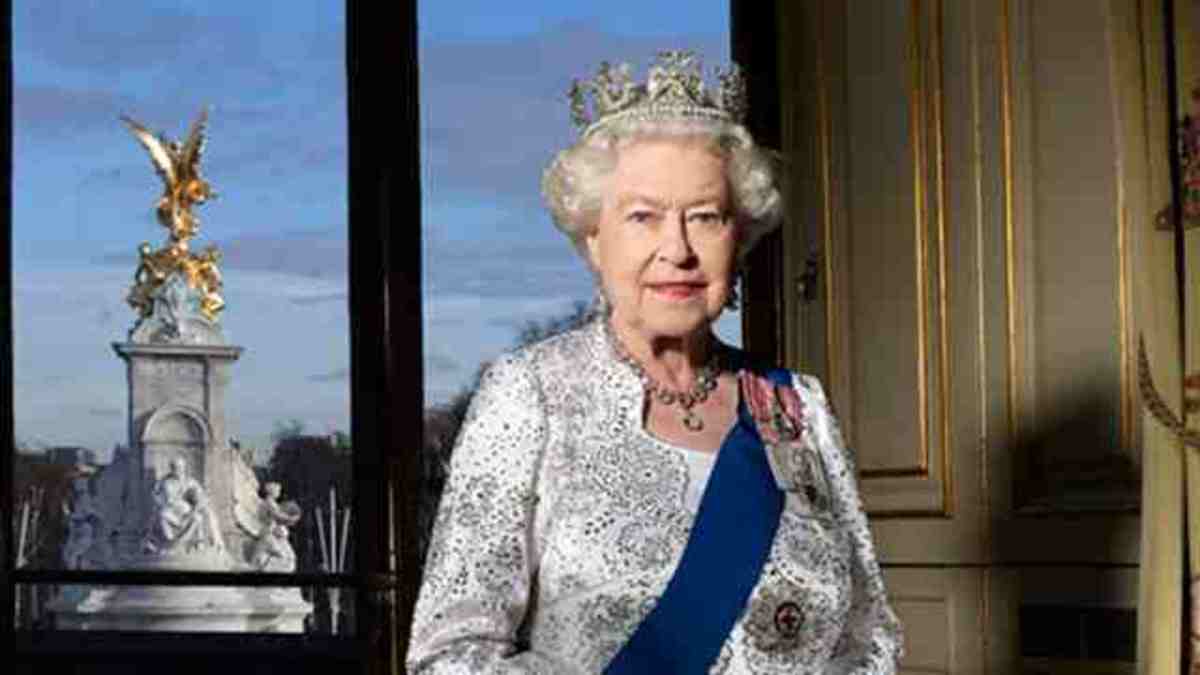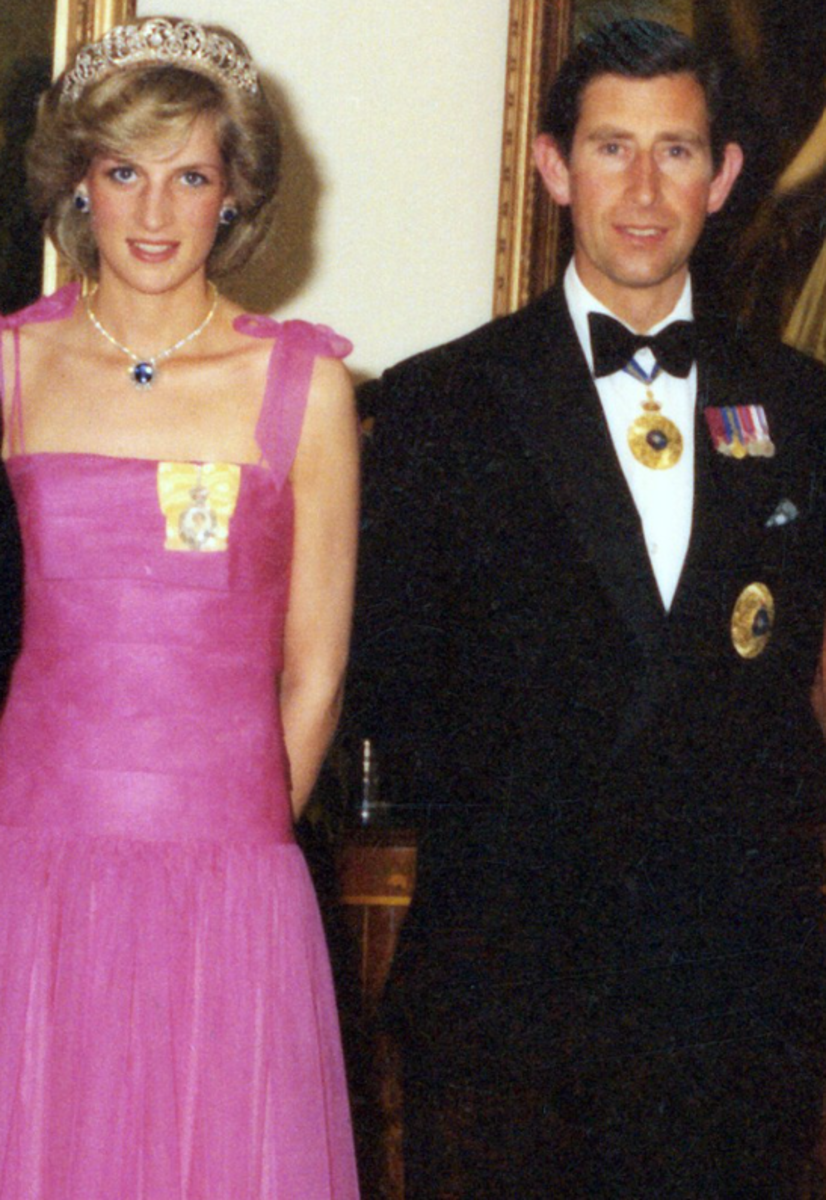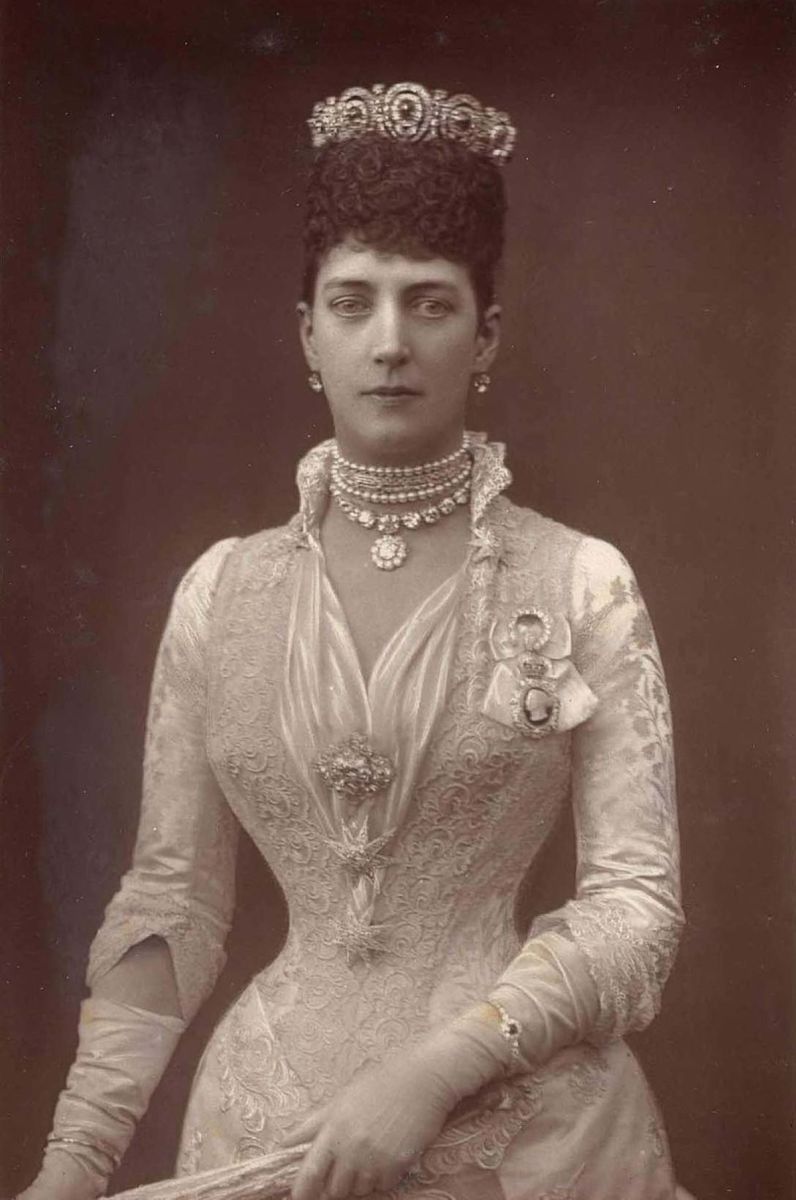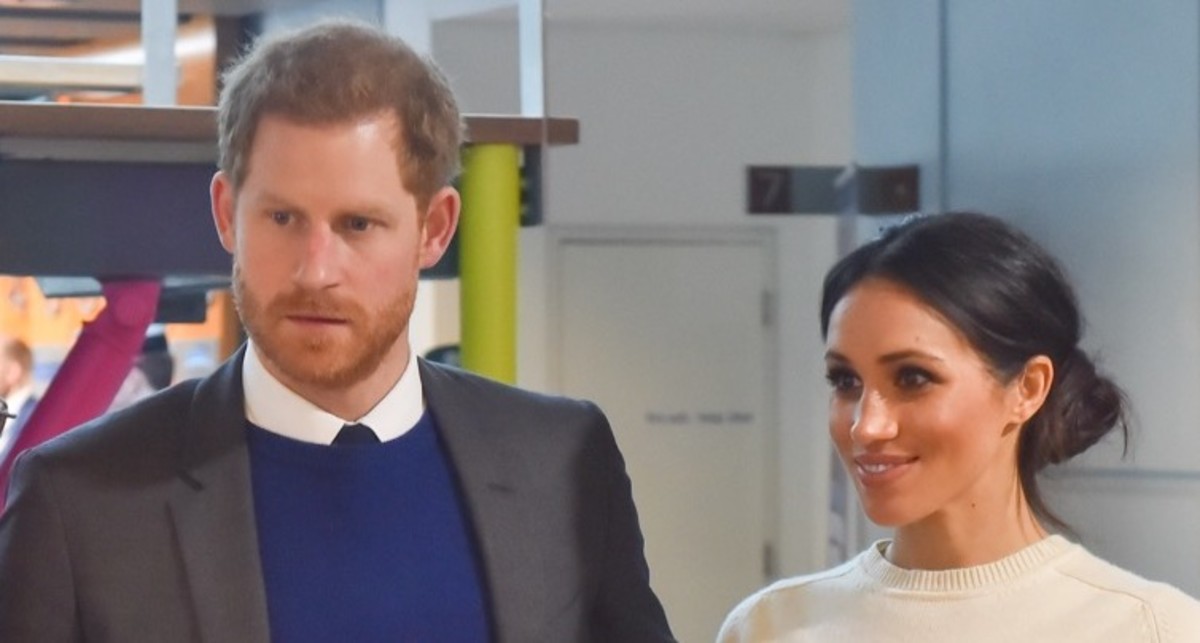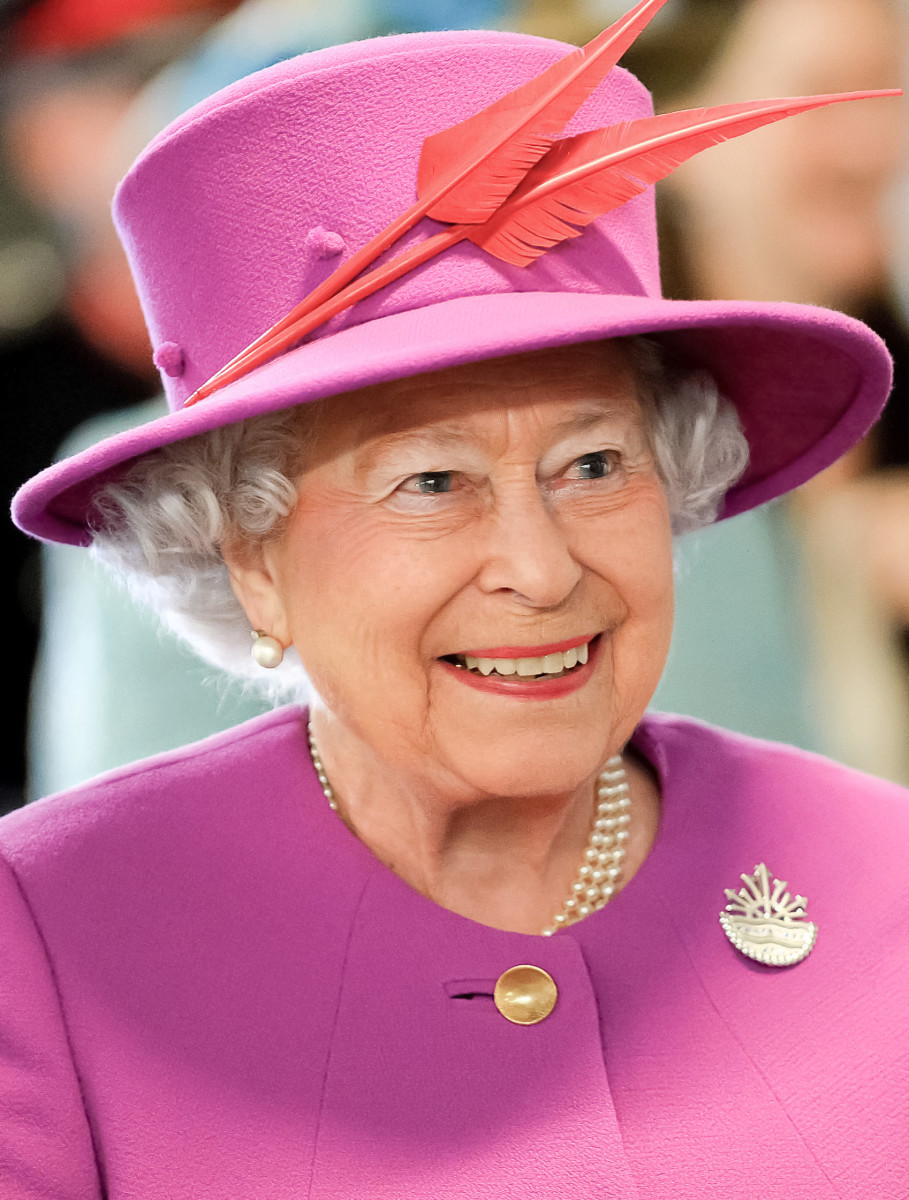Princess of Wales. The life of Diana
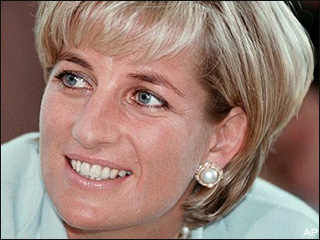
The Life of Diana
It's been over 17 years now since that fateful crash in the Paris tunnel when Diana the Princess of Wales passed away; How time does fly.
What followed was National and International grieving on a grand scale never seen before albeit -since Martin Luther King and President John F Kennedy.
The mounds of flowers are long gone from the gates of Kensington Palace, but Princess Diana's presence lingers.
Many Britons were poleaxed by grief for a vivacious and troubled woman who was at once style icon, charity worker and tabloid celebrity.
The Anniversary will be marked by a televised Memorial Service, special prayers - and soul-searching in a country still unsure whether its sudden outpouring of emotion was a moment of madness or a fundamental softening of the stiff upper lip.
"A decade on," columnist Jonathan Freedland wrote in The Guardian newspaper, "we look back and wonder what came over us."
Diana, 36, and her boyfriend Dodi Fayed, 42, were killed along with chauffeur Henri Paul when their car crashed in a Paris tunnel Aug. 31, 1997.
In the days that followed, an estimated 1 million bouquets were left outside Diana's Kensington Palace home and more than a million people lined the route of her funeral procession. Newspapers exhorted the royal family to return from Scotland and make a display of mourning.
When she died, Diana was the world's most famous woman. She had married Prince Charles, the heir to the British throne, in a 1981 ceremony that was televised around the world. They had two sons, William and Harry, but divorced in 1996 after admissions of adultery on both sides.
"She and the Prince of Wales could have been the best double act the country has ever had," said Ken Wharfe, Diana's Scotland Yard bodyguard between 1986 and 1993. "But it didn't work out."
The rest of Diana's life was divided between her sons and charity work - for people with AIDS, sick children, land mine victims. All the while, she made frequent appearances on newspaper front pages and gossip columns.
The official commemoration of Diana's death will be somber and subdued - a memorial service for friends and family at the Guards Chapel in London's Wellington Barracks. Diana's sons are officers in an army regiment, the Household Cavalry.
Days before the anniversary, a few bunches of roses are stuck through the gilded gates of Kensington Palace. A trickle of tourists snap pictures, then move on.
Official attempts to commemorate Diana have been troubled. A memorial fountain in Hyde Park was opened by Queen Elizabeth II in 2004, but shut to the public the next day after flooding and had to undergo months of renovation.
On the anniversary, Diana-philes will leave a wreath outside the palace, as they do every year.
"We intend to keep her memory alive, and we intend she is given her proper place in the annals of history," said Margaret Funnell of the Diana Circle, a dedicated group of fans.
Diana's legacy is hotly debated. Some see a narcissist who courted media attention. Others recall a warm, generous woman who focused her energy on charitable causes and dared to hug AIDS victims.
The first, Concert for Diana will be held at Wembley Stadium on 1 July 2007, what would have been Diana's 46th birthday. It will be followed by a Memorial Service on 31 August 2007, 10 years after the Princess's death.
Ancestry
Diana Frances Spencer was born into the British aristocracy, the youngest daughter of Edward John Spencer, Viscount Althorp, later John Spencer, and his first wife, Francis Spencer (formerly the Honourable Frances Burke Roche). She was born at Park House, Sandringham in Norfolk, England. Her godparents included John Floyd (the chairman of Christie's). Diana's four siblings were:
- The Lady Sarah Spencer (born 19 March 1955)
- The Lady Jane Spencer (born 11 February 1957)
- The Honourable John Spencer (born and died 12 January 1960)
- Charles Spencer (born 20 May 1964)
During her parents' acrimonious divorce over Lady Althorp's adultery with wallpaper heir Peter Shand Kydd, Diana's mother took her two youngest children to live in an apartment in London's Knightsbridge, where Diana attended a local day school. That Christmas, the Spencer children went to celebrate with their father and he subsequently refused to allow them to return to London and their mother. Lady Althorp sued for custody of her children, but Lord Althorp's rank, aided by Lady Althorp's mother's testimony against her daughter during the trial, contributed to the court's decision to award custody of Diana and her brother to their father. On the death of her paternal grandfather, Albert Spencer, 7th Earl Spencer in 1975, Diana's father became the 8th Earl Spencer, at which time she became Lady Diana Spencer and moved from her childhood home at Park House to her family's sixteenth-century ancestral home of Althorp.
A year later, Lord Spencer married Raine, Countess of Dartmouth, the only daughter of romantic novelist Barbara Cartland, after being named as the "other party" in the Earl and Countess of Dartmouth's divorce. During this time Diana travelled up and down the country, living between her parents' homes - with her father at the Spencer seat in Northamptonshire, and with her mother, who had moved north west of Glasgow in Scotland. Diana, like her siblings, did not get along with her new stepmother.
On 31 August 1997 Diana died after a high speed car accident in the Pont de l'Alma road tunnel in Paris along with Dodi Al-Fayed and their driver Henri Paul. Blood analysis shows that Henri Paul was illegally intoxicated while driving. Tests confirmed that original postmortem blood samples were from Henri Paul, and that he had three times the French legal limit of alcohol in his blood. Conspiracy theroists had claimed that Paul's blood samples were swapped with blood from someone else - who was drunk - and contended that the driver had not been drinking on the night Diana died. Their black 1994 Mercedes Benz S-280 Sedan (registration no. 688 LTV 75) crashed into the thirteenth pillar of the tunnel. The two-lane tunnel was built without metal barriers between the pillars, so a slight change in vehicle direction could easily result in a head-on collision with the tunnel pillar.
None of the four occupants wore seatbelts. Fayed's bodyguard Trevor Rees-Jones was closest to the point of impact and yet the only survivor of the crash. Henri Paul and Dodi Fayed were killed instantly, and Diana - unbelted in the back seat- slid forward during the impact and, having been violently thrown around the interior, "submarined" under the seat in front of her, suffering massive damage to her heart and subsequent internal bleeding.[citation needed] She was eventually, after considerable delay, transported by ambulance to the , but on the way to casualty went into cardiac arrest twice.[citation needed] Despite lengthy resuscitation attempts, including internal cardiac massage, she died at 4 a.m. local time. Her funeral on 6 September 1997 was broadcast and watched by an estimated 2.5 billion people worldwide.
The death of Diana has been the subject of widespread conspiracy theories, supported by Mohamed Fayed, whose son died in the accident. Her former father in law, Prince Philip, seems to be at the heart of most of them but her ex husband has also been named, and was questioned by the Metropolitan Police in 2005. Some other theories have included claims that MI6 or the CIA were involved. Mossad involvement has also been suspected, and this theory has been supported on US television by the intelligence specialist barrister Michael Shrimpton. One particular claim, appearing on the internet, has stated that the princess was battered to death in the back of the ambulance, by assassins disguised as paramedics. These were all rejected by French investigators and British officials, who claimed that the driver, Henri Paul, was drunk and on drugs, although CCTV footage of Paul leaving the Ritz hotel with the Princess and Dodi Fayed does not appear to depict a man in a drunken or incapable state. Nonetheless, in 2004 the authorities ordered an independent inquiry by Lord Stevens, a former chief of the Metropolitan Police, and he suggested that the case was "far more complex than any of us thought" and reported "new forensic evidence" and witnesses. The French authorities have also decided to reopen the case. Lord Stevens' report, Operation Paget, was published on December 14, 2006 and dismissed all allegations of conspiracy as without foundation.
The paparazzi arrived at the Alma underpass at different stages. Serge Arnal, Christian Martinez, Romuald Rat and Stéphane Darmon appear to have arrived first, quickly followed by Serge Benhamou. Records supplied by mobile telephone operators Itinéris and SFR supports Serge Arnal's claim that he attempted to call the emergency services. Film seized from the cameras of Romuald Rat, Christian Martinez and Serge Arnal showed that they were taking photographs of the car and/or the occupants almost immediately after arrival at the scene - there were no emergency services near the car visible in their photographs.
On 13 July 2006 Italian magazine Chi published photographs showing the princess receiving oxygen in the wreckage of the car crash, despite an unofficial blackout on such photographs being published. The photographs were taken minutes after the accident and show the Princess slumped in the back seat while a paramedic attempts to fit an oxygen mask over her face. The photographs were also published in other Italian and Spanish magazines and newspapers.[
The editor of Chi defended his decision by saying that he published the photographs for the "very simple reason" that they had not been seen before, and that he felt the images do not disrespect the memory of the Princess. The British media publicly refused to publish the images, with the exception of the tabloid newspaper, The Sun, which printed the picture but with the face blacked outFresh controversy arose over the issue of these photographs when it was disclosed that Britain's Channel 4 intended to broadcast them during a documentary to screen in June 2007.
July 1, 2007 marked a concert held by her two sons celebrating the 46th anniversary of her birth. The concert was held at Wembley Stadium and featured many well known and popular acts on the bill.
The 2007 docudrama Diana: Last Days of a Princess details the final two months of her life.
Legacy
Diana's interest in supporting and helping young people led to the establishment of the Diana Memorial Award, awarded to youths who have demonstrated the unselfish devotion and commitment to causes advocated by the Princess. In 2002, Diana was ranked 3rd in the 100 Greatest Britons poll, outranking Queen Elizabeth II and other British monarchs.
Princes William and Harry organised a concert held to celebrate their mother's life and commemorate her work. All 60,000 tickets sold out in a matter of minutes when they went on sale in January. The Concert for Diana was staged on 1 July 2007, which would have been her 46th birthday, at London's new Wembley Stadium. The Prince's have arranged a memorial service on 31 August 2007 to mark the 10th anniversary of their mother's death.
With the 10th anniversary of Diana's death, the depth of her legacy has been questioned, as has the appropriateness of the memorials and burial site tourism that has developed around her memory.All of us remember where we were on that fateful day, August 31 1997, when we heard that Diana, Princess of Wales was dead.
And as long as we live, all of us will never forget the shock felt by a whole nation.
Now, ten years after her untimely death, she still has the remarkable ability to move and inspire. In life, she was an extraordinary woman who gave hope to those she met and whose lifetime of service touched the lives of millions in this country and around the world.
DEVOTED
Diana, on her last official engagement, meets a four-year-old patient at the Royal Marsden Hospital
Today, I want to pay tribute to the enormous contribution she made to this country, her lasting legacy, and to celebrate the work that continues in her name.
In 1997, I was honoured to be asked to chair the Diana, Princess of Wales Memorial Committee and I recall particularly her work with children. The committee was determined to commemorate that work through projects such as the playground in Kensington Gardens, the Memorial Walk through the Central London Royal Parks and the establishment of the Diana, Princess of Wales Children's Community Nursing Teams.
But perhaps the project that she would have loved most was the creation of the Diana Award for Young People, which celebrates courage, commitment, compassion and service to others demonstrated by people aged 12 to 18.
In less than a decade, these awards have celebrated the work of, and given encouragement to, more than 19,000 young people. I remember giving the award to Liam Fairhurst, who has fought cancer in his leg and lungs and who bravely raised thousands of pounds for cancer research in memory of a friend who died.
I think also of Zuhra Bahman, who was born in Afghanistan but now lives in the UK and has worked tirelessly to help the Afghan community - the youngest person to speak at the Bonn conference on the country's future.
'I believe that Diana, Princess of Wales inspired many to make that spirit come alive in our country'
Amy Hewitt was bullied at school but then worked with other young people to produce an anti-bullying strategy for the whole Leicestershire region.Sometimes we forget that there is no weakness in our country that cannot be overcome by our strengths as a people.
And, at a time when so much said about young people is negative, these young people are an inspiration to us all and an example of the many, many young people who are a credit to this nation and in whom we can have pride.
Over the years, I have been fortunate enough to meet many winners of the Diana Award and, as I have been struck by the courage and service shown by ordinary young people doing extraordinary things, I realise that the award is itself becoming a national institution.
Recently, I set out how we might celebrate the everyday heroes in this country - people young and old who are at the forefront of change but are seldom in the public spotlight.
I believe that Diana, Princess of Wales inspired many to make that spirit come alive in our country.Determined in her own life to help others, she made a difference above and beyond her duties. Now the award in her name does the same.
So her inspiration lives on in the achievements of those she left behind.Because of her work with children, and the way in which her life continues to touch and move a new generation, her memory will not fade.



